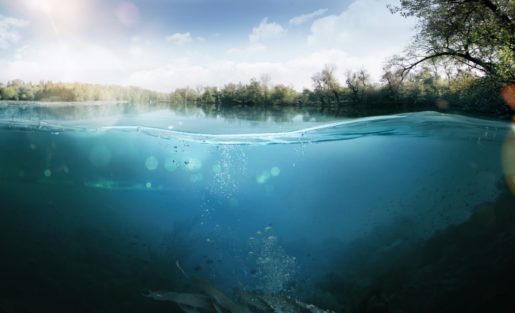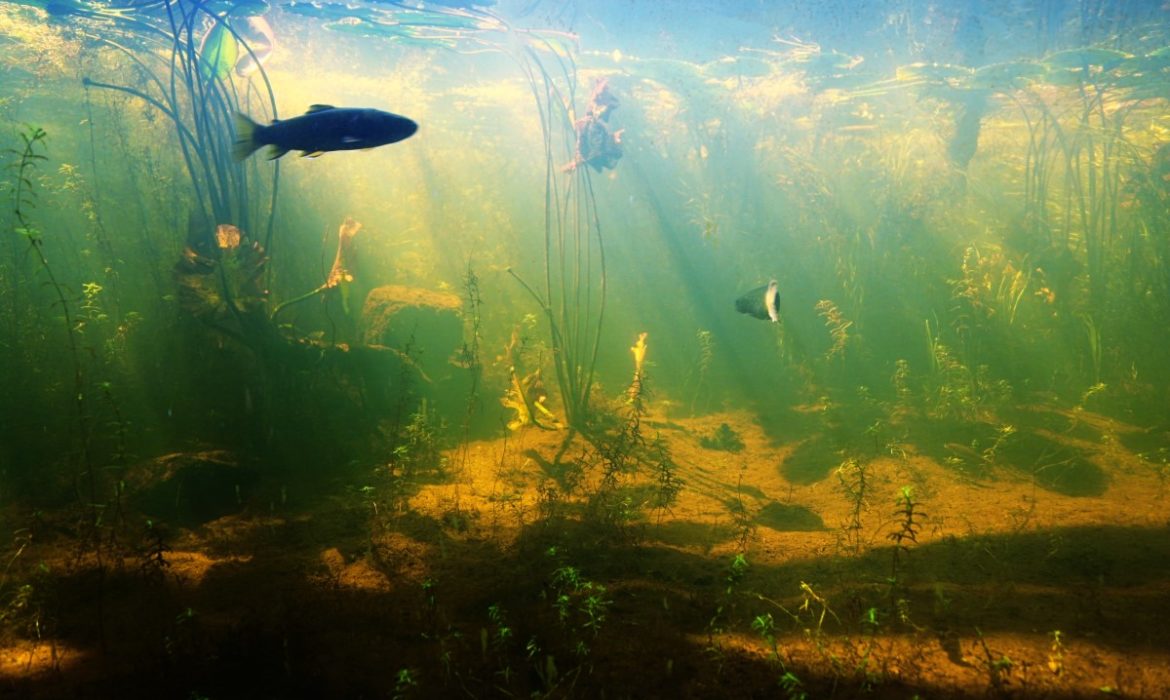Water is essential for our survival. Almost every living being on our planet needs it. However, polluted water represents a serious problem for the ecosystem. There are thousands of plants, fish, and animals living in lakes, rivers, or oceans. Canada is currently facing a major freshwater dilemma in the northeastern corner of Alberta. Massive ponds are filled with toxic water near Fort McMurray.
The Canadian oil sands industry has been filling those ponds with wastewater from oil extraction for decades. Their purpose is to store and reuse water to reduce the amount of new water taken from the Athabasca River.
However, the reuse of water for oil extraction causes the ponds to accumulate higher concentrations of harmful contaminants. As a result, the water became dangerous, and it is lethal to fish, birds, frogs, and plants.
Presently, there is enough polluted water to fill half a million Olympic-sized swimming pools. Unfortunately, this volume continues to increase. Alberta regulators recently decided to change tailings pond management due to this huge amount of wastewater.
For the first time in history, Alberta’s new policy direction allows the controlled release of water from tailings ponds to the environment. Within a certain time frame, the government will totally eliminate tailings ponds, thus reducing the liability of having these toxic waterbodies remain on the Canadian landscape indefinitely.
New regulations will come into effect in 2022, and they allow oilsands companies to release 1.3 trillion liters of liquid waste into the Athabasca River.
However, these plans, as well as the newly loosened regulations for environmental monitoring in Alberta, concerns the experts and citizens about potential harm to wildlife and people living downstream of oilsands development. Before releasing in the river, wastewater from the oilsands must undergo treatment processes.
Can new technology – titanium dioxide microparticles effectively clean the wastewater?

Finding technologies that can safely and efficiently clean up this wastewater isn’t easy. But it seems, titanium dioxide microparticles may be the right technology for that. It is sustainable, cost-effective, and efficient for cleaning up wastewater from the oilsands.
Titanium dioxide is a common ingredient in many household products, among them toothpaste and sunscreen. Titanium dioxide can break down organic chemicals in oilsands wastewater when placed on microparticles (tiny round objects made of glass). Furthermore, the technology could degrade chemicals in less than 24 hours during lab tests, which is remarkable efficiency.
This technology is recyclable. It can also be used multiple times. The microparticles float on the surface of the water. It’s easy to collect them by skimming the surface water, and then reuse as needed. Additionally, the technology uses the sun’s energy. That makes it a more sustainable option compared to more energy-intensive methods.
Titanium dioxide creates treatment chemicals from the water itself while using sunlight energy. These treatment chemicals break down the toxic organic chemicals and theoretically leave clean water.
However, the ultimate test of any wastewater treatment is whether the products are safe for animals and plants. Naphthenic acids from oilsands wastewater that received no treatment are very toxic to fish. Most fish eggs exposed to the untreated naphthenic acids died before they could hatch. But when the naphthenic acids were treated with titanium dioxide, the immediate lethal effects were almost completely gone. The new technology drastically increased the survival of fish eggs.
















